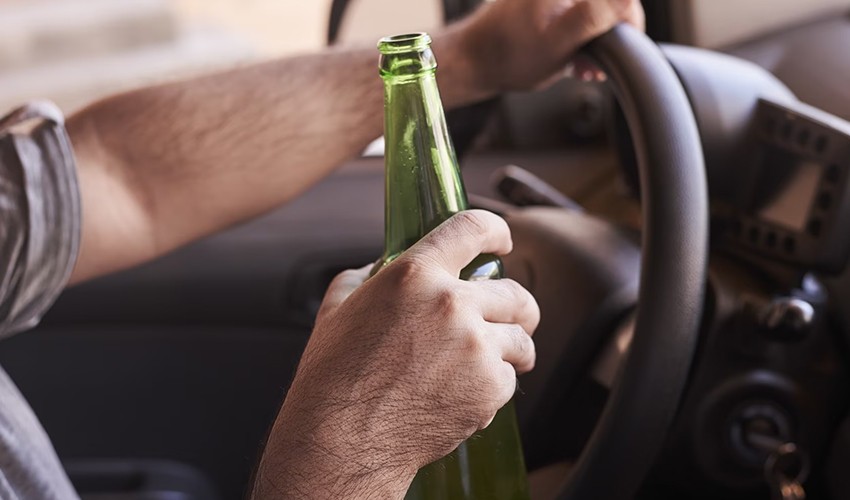Coined in 1983 by social psychologist Linda Perloff, illusion of unique invulnerability is the false belief that one is somehow exempted from the dangers and misfortunes that afflict other people. Now there are plenty of real life examples of this bias at work. From drinking and driving to believing divorce could never happen to someone like you, engaging in unprotected sex, believing the only natural disaster you will ever experience was while watching John Cusack’s iconic 2012, to even pushing one’s way into that Mumbai local regardless of the train to platform ratio because hey, getting to that meeting at 10:00 am is priority and besides, there’s no way “I” would fall right?
This imaginary self-immunity isn’t helped by the glorification of risk-taking either. Case-in-point: Soft drink advertisements in India. Taglines like “Dar ke aage jeet hai” and “Aaj kuch toofani endorsed by heavily stereotyped testosterone oozing Bollywood heroes only further popularised the idea of there being no fun without danger.
By now I’m sure you’re also thinking of instances where this careless bravery has applied to you too. That being said, it makes one wonder; what are all the possible manifestations of this belief?
Could substance use and addiction also be a consequence?
So far we’ve established the link between perceived invisibility to harm and the consequent engagement in reckless behaviour. Is it not possible then that these behaviours include substance use?
The illusion of unique invulnerability is especially common in adolescents and young adults, i.e- the age where independence, thrill-seeking, friendships, young love and let’s face it, the general physical ability to recover quicker from a hangover take precedence. For those that believe in hard facts- even popular literature and past research has confirmed how younger people more often indulge in risky behaviours caused in part by this false sense of security (Lapsey, 2005). More specifically, a study conducted amongst 200+ 9th graders even revealed how this feeling of invulnerability predicted smoking behaviours (Morrell et al., 2015).
Thus begins the threatening cycle of attempting to consume a wide range of substances. The more regular that is, the higher one’s tolerance, the more a vape is needed, a drink is craved, a cigarette is lit; and although the effects of this bias is more commonly observed in younger age groups, it doesn’t necessarily lead to addictive tendencies only then. Regardless of the onset, in due course willpower may be taken for granted and control assumed until addictive behaviours are reinforced; and when realisation does strike, or relationships begin to get visibly affected, it’s too late.. right? Well, somewhat.
Is it true that such cognitive bias can lead to addiction? Yes. Is it the only or most dangerous cause? No. Once addiction occurs, is it truly too late with no recovery possible? Absolutely not.
Addiction is a complex issue and one that is influenced by multiple factors like genetic predisposition, exposure and access, trauma and other interpersonal concerns, social environment and more; and while it may be a chronic and relapsing condition, with the right treatment and support, recovery is possible.
The aim of this article isn’t to make use of fear-tactics and promote terror or worry-induced self-control. It is to simply shed light on how things that we so easily avoid or fail to notice can be important in addressing a crucial issue. By promoting awareness around the role of the illusion of invulnerability, as readers of mental health discourse, we can begin approaching addiction with compassion and understanding rather than stigma, unwanted sympathy and judgement.
In conclusion, at the least, the next time you come across a Mountain Dew or Thums Up, try reminding yourself and those around you that the real “jeet” to achieve is self-awareness and the most “toofani” thing to do is provide positive social support.
Mallika Mukherjee
In-house Psychologist
Veda Wellness and Rehabilitation

